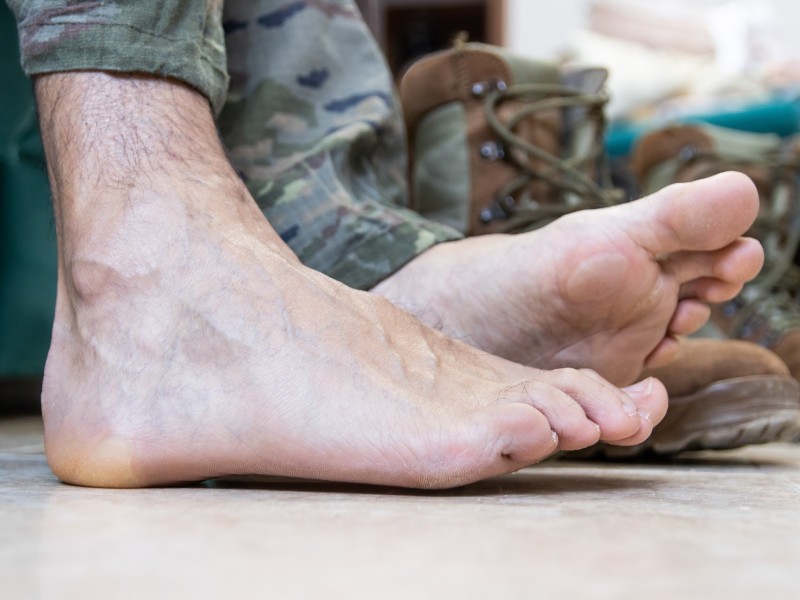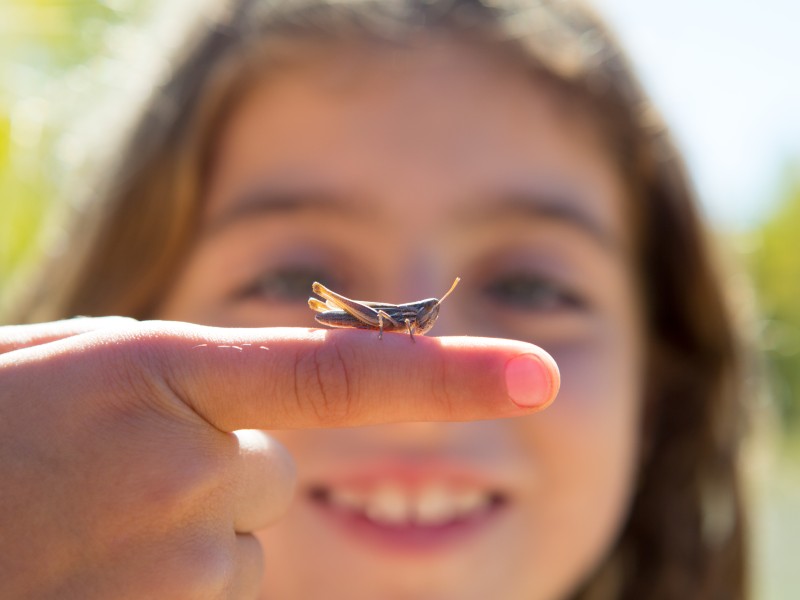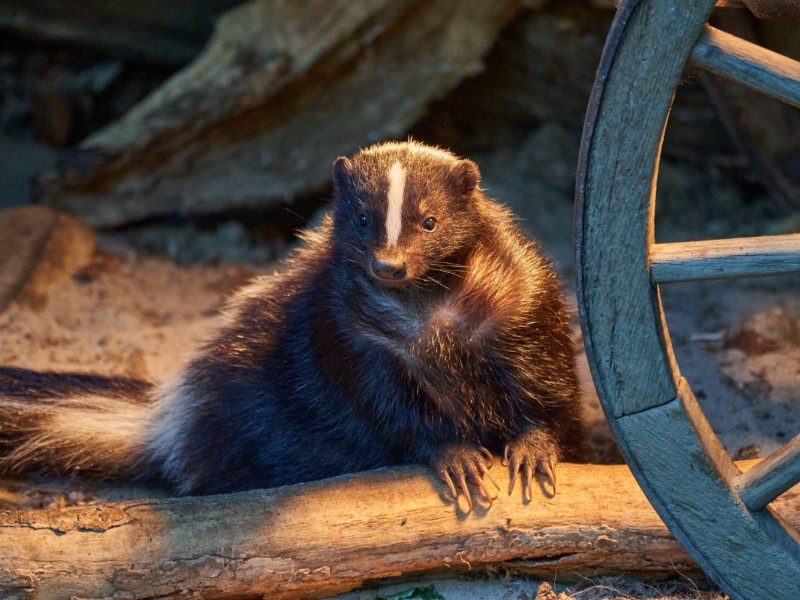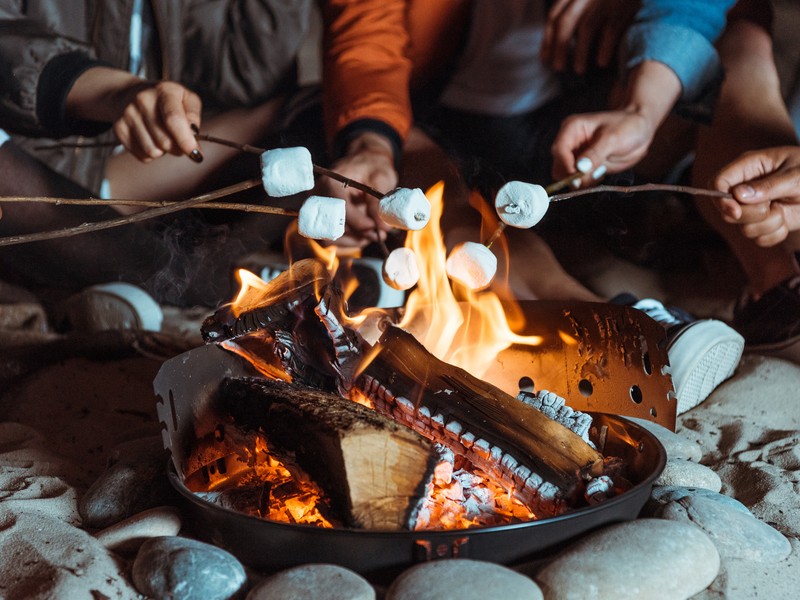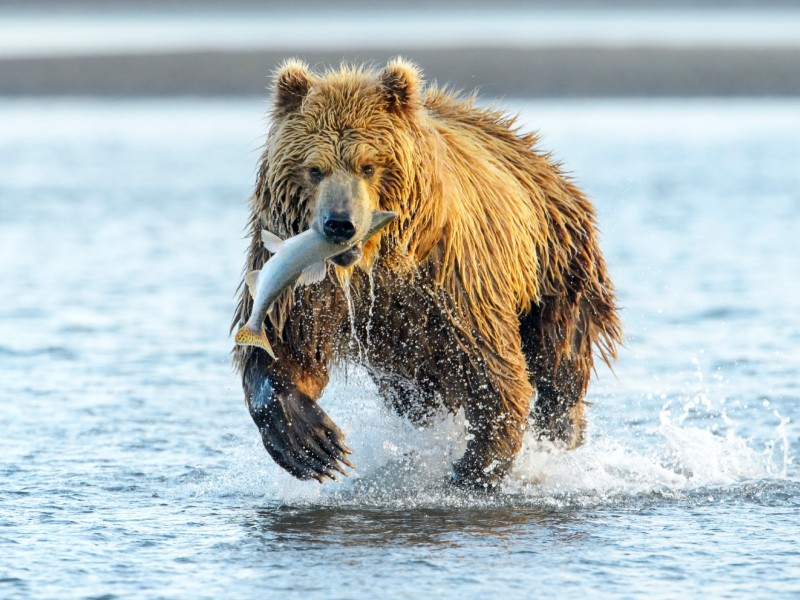Hiking is a great way to get some exercise and enjoy the outdoors, but it can also be tough on your feet if you’re not careful. Blisters can form from friction and heat, and they can be painful. If you get blisters when hiking, it could even ruin your hike.
In this article, we’ll provide you with our top ten ways to prevent blisters when hiking.
1. Wear Well-Fitting, Comfortable Shoes That Are Broken In
There are a few reasons why this helps with blisters.
First, if your shoes are too tight or uncomfortable, you are more likely to get blisters and other foot problems due to friction.
Second, if your shoes aren’t broken in, in addition to blisters, you may have sore feet after walking or standing for long periods.
And finally, well-fitting, comfortable shoes will help you stay focused and avoid distractions while you’re hiking.
| # | Preview | Product | Rating | |
|---|---|---|---|---|
| 1 |

|
Columbia Women’s Newton Ridge Plus Waterproof Amped Hiking Boot, Waterproof Leather, Oxford… | Check Price on Amazon |
2. Wear Socks That Fit Well and Wick Away Moisture
Socks that are too big can cause blisters, while socks that are too small can be constricting and uncomfortable. Wearing the wrong type of sock for the activity you’re participating in can also lead to blisters or other foot problems.
Socks that fit well and wick away moisture help to keep your feet dry and comfortable. They also help to prevent blisters by reducing friction between your skin and your shoes.
| # | Preview | Product | Rating | |
|---|---|---|---|---|
| 1 |

|
MIRMARU Men’s 5 Pairs Hiking Outdoor Trail Running Trekking Moisture Wicking Cushion Crew Socks… | 178 Reviews | Check Price on Amazon |
3. Apply Moleskin or Other Blister-Prevention Products to Areas Where Blisters Commonly Form
This would be areas like the backs of your heels or toes. You should apply these products before you hike.
| # | Preview | Product | Rating | |
|---|---|---|---|---|
| 1 |

|
Body Glide Foot Glide Anti Blister Balm | blister prevention for heels, shoes, cleats, boots, socks,… | Check Price on Amazon |
4. Stop and Take a Break if You Feel a Hot Spot Developing on Your Foot
This is the first sign of a blister forming. Take a moment to stop what you’re doing and add padding (if it’s available) to the affected area.
5. Take Your Shoes and Socks off Regularly during Long Hikes
Do this to air out your feet and prevent excessive sweating.
6. Inspect Your Feet Regularly for Early Signs of Blisters
Look for redness, swelling, or tenderness, and treat them immediately if possible.
Explore the Great Outdoors with Us!
7. Avoid Walking through Puddles or Wet Grass
They can make your shoes wet and increase the risk of blisters forming.
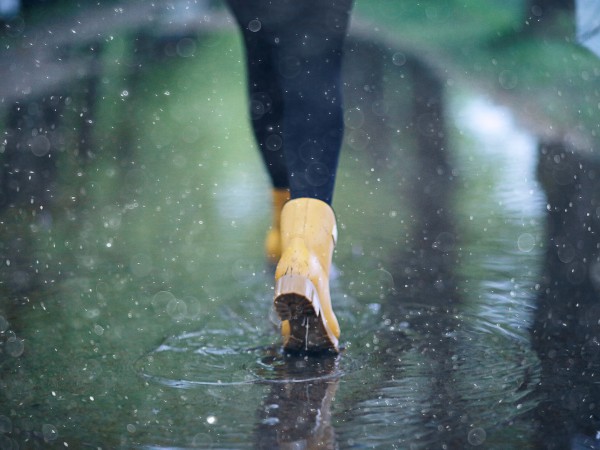
8. Be Extra Careful on Rocky Terrain
Sharp edges can cause blisters more easily than on smoother surfaces like dirt trails.
9. Make Sure Any Hiking Gear You Use Fits Properly
Ill-fitting backpacks, for example, can rub against your skin and cause blisters.
It’s important that any hiking gear you use fits properly because if it doesn’t, it can cause problems while you’re out on the trail. For example, if your backpack is too big or too small, it can throw off your balance and make it difficult to hike.
Additionally, ill-fitting hiking boots can cause blisters and other foot problems.
Finally, clothing that does not fit properly can be uncomfortable and restrict your movement.
10. Listen to Your Body and Take Breaks Often if You’re Feeling Pain Anywhere Else Besides Your Feet
This could signify that something else is wrong, such as an injury, and not just the early stages of a blister.
Related Questions
- What are some signs that your hiking shoes might not fit correctly?
Some signs that your hiking shoes might not be the right fit include persistent discomfort or pain in your feet during or after hikes, and the occurrence of blisters, hot spots, or bruised toenails.
Additionally, if your feet slide forward when you’re descending or if your shoes feel too tight or too loose, even after adjusting the laces, these could also indicate a poor fit.
- How does moisture-wicking work and why is it beneficial for preventing blisters?
Moisture-wicking materials, often used in athletic wear, work by quickly moving (wicking) sweat away from the skin to the fabric’s outer surface, where it can evaporate.
This process is beneficial for preventing blisters because it keeps the skin dry, reducing friction and the likelihood of skin irritation and blister formation, especially during physical activities.
- What are some common areas where blisters form and how can you protect these areas?
Blisters commonly form on areas of the body that experience friction, such as the feet (particularly the heels), hands, and fingers due to activities like walking, running, or manual labor.
To protect these areas, it’s crucial to wear properly fitting shoes and gloves, use protective padding or bandages, and keep the skin dry, as moisture can increase friction.
- Why is taking breaks and airing out your feet during long hikes important?
Taking breaks during long hikes is crucial as it helps prevent overexertion, allowing your body to replenish energy stores and reduce the risk of injuries.
Airing out your feet, on the other hand, helps to dry out sweat and reduce the likelihood of developing blisters, fungal infections, or other foot-related problems that can be exacerbated by prolonged moisture and friction.
- How can improper hiking gear contribute to the formation of blisters?
Improper hiking gear, especially ill-fitting shoes, can contribute to the formation of blisters by causing friction against the skin as you walk or climb.
This friction, combined with heat and moisture, damages the skin, causing it to separate and fluid to accumulate underneath, resulting in a blister.
"Of all the paths you take in life, make sure a few of them are dirt."
-- John Muir
